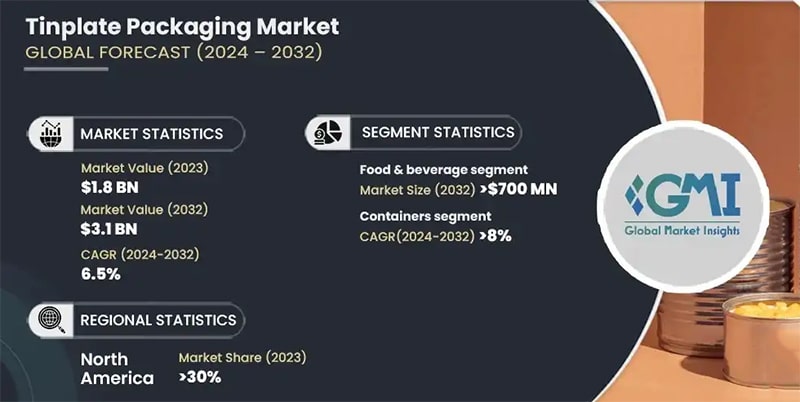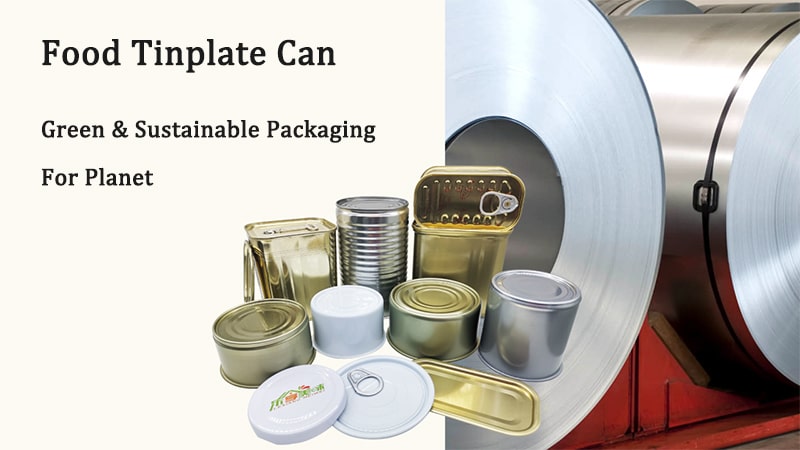
As environmental regulations tighten across the EU, particularly with the upcoming Packaging and Packaging Waste Regulation (PPWR), manufacturers and packaging suppliers are seeking sustainable, compliant alternatives. Among these, tinplate food cans are emerging as a frontrunner—not only for their performance and safety but also for their environmental advantages.

While plastics and lightweight composites have long dominated the packaging market, tinplate—a time-tested material—is experiencing a renaissance thanks to its inherent recyclability and durability. Brian May, President of Apeal (Association of European Producers of Steel for Packaging), emphasizes that steel-based packaging, including tinplate cans, aligns naturally with circular economy principles.
“Steel is magnetic and easy to collect, with a current recycling rate above 95% in several EU countries,” May explains.
| Feature | Tinplate Food Cans | Plastic Packaging |
|---|---|---|
| Recyclability | Up to 98% (closed loop) | Varies (often downcycled) |
| Durability & Shelf Life | Excellent barrier; long shelf life | Shorter shelf stability |
| Collection Efficiency | Magnetically sortable | Complex separation needed |
| Regulatory Readiness (PPWR) | Fully compliant | May require adaptation |

The PPWR, due to take full effect by August 2026, sets mandatory targets for packaging recyclability, minimum recycled content, and waste reduction across all packaging sectors. By 2030, materials must be “designed for recycling” and actively incorporated into high-efficiency waste collection systems.
Tinplate already meets or exceeds many of these goals:
Design for recycling: Tinplate’s mono-material nature ensures it enters a closed recycling loop without downcycling.
Collection infrastructure: Magnetic sorting allows tinplate to be efficiently extracted from municipal waste.
High recycled content: European tinplate often contains more than 50% recycled steel, surpassing many alternative materials.
Major players such as Tata Steel, thyssenkrupp Rasselstein, and ArcelorMittal are investing in greener production methods and lighter-gauge tinplate to support packaging manufacturers in their transition. These companies have also aligned their product development with EU carbon neutrality goals for 2050.
Meanwhile, Apeal is working closely with policymakers and downstream users to ensure the PPWR implementation is realistic and supports market continuity.
Market research from Fortune Business Insights estimates that the global tinplate packaging market—valued at approximately USD 1.76 billion in 2025—will grow to USD 2.65 billion by 2032, driven largely by:
Consumer trust in canned food safety
Regulatory pressure on plastics
Growth in circular economy investment across the EU and Asia-Pacific
While alternatives like plastic and aluminum still hold significant market share, tinplate food cans are well-positioned for the future of European and global packaging. Their recyclability, strength, and regulatory alignment make them not just a legacy solution—but a forward-thinking one.
As Brian May concludes: “If we want a sustainable packaging future, steel—and tinplate—has to be part of the conversation.”